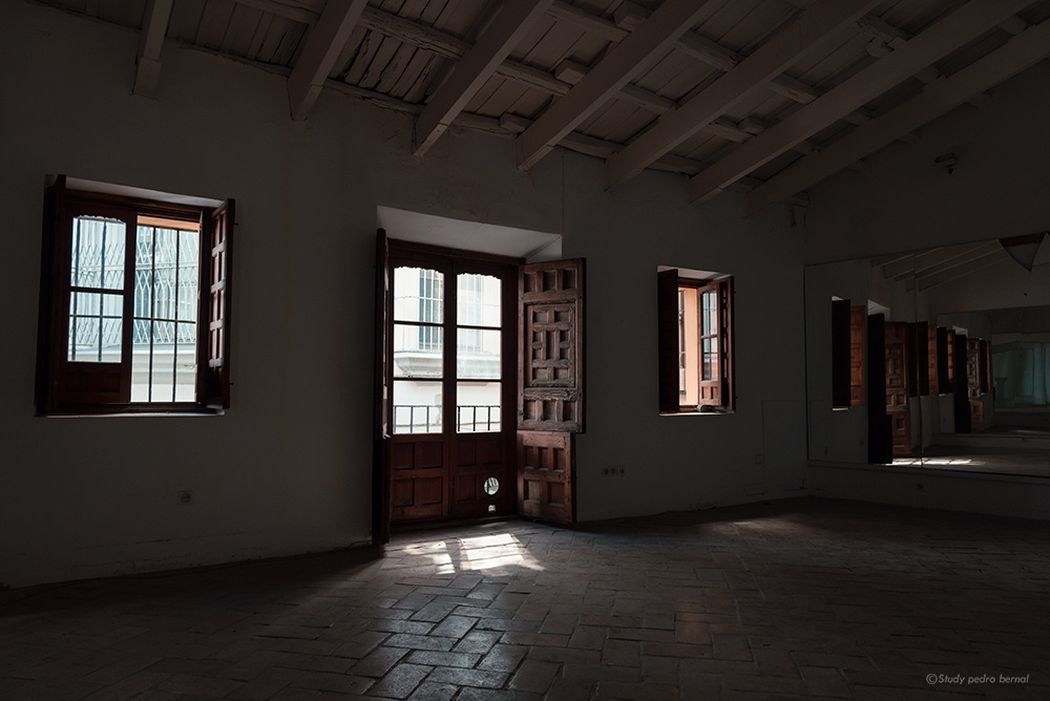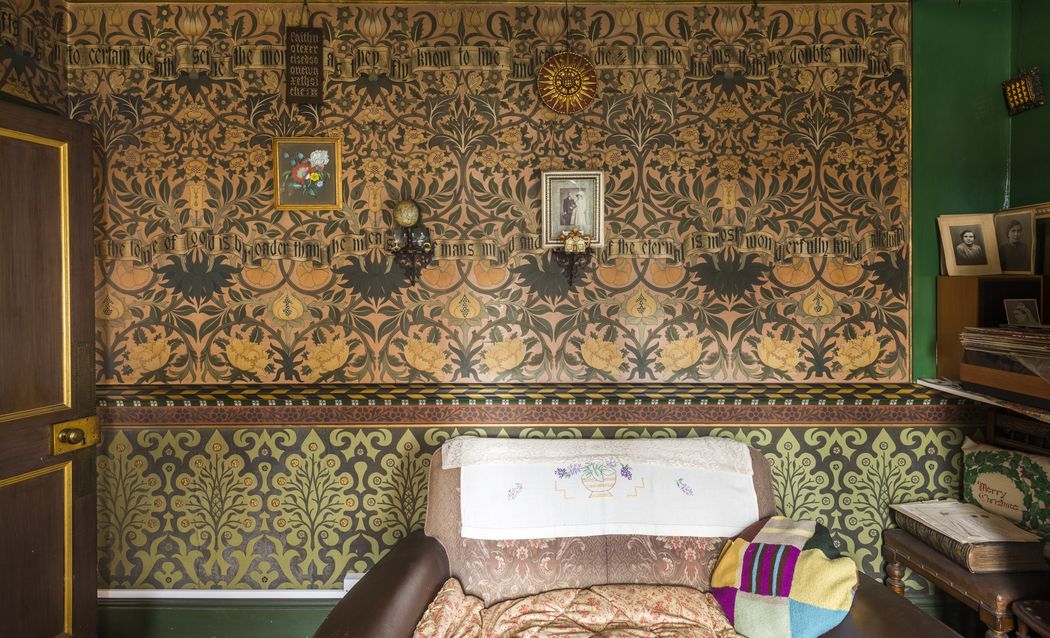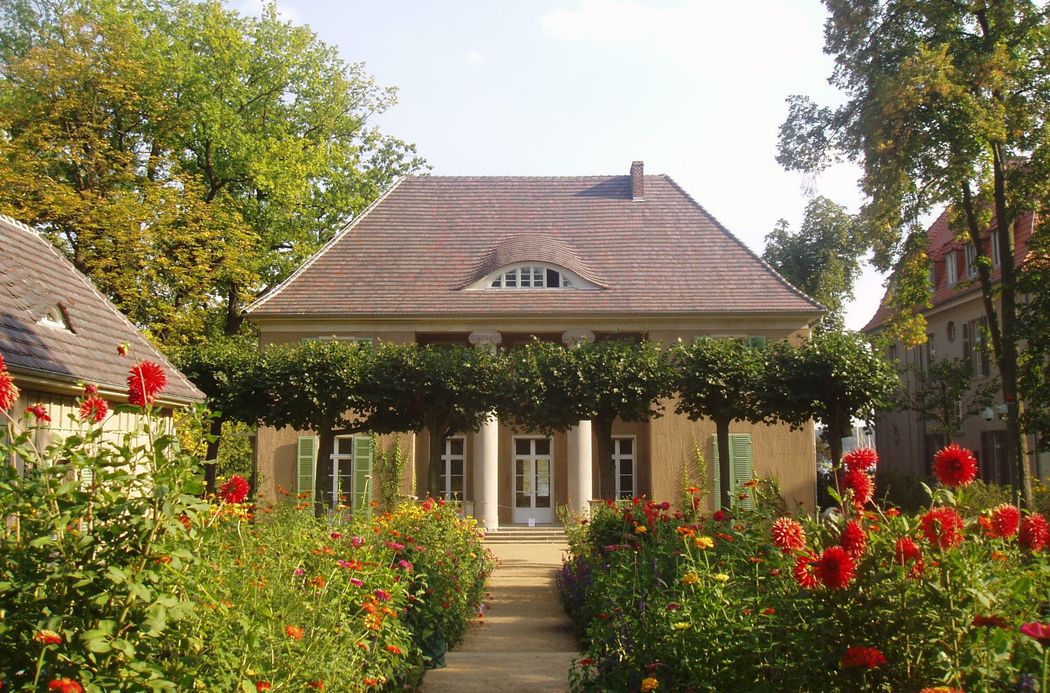Hidden histories
Discovering the past lives of artist's studio museums
In August the Artist's Studio Museum Network added a new member: Casa Natal Velázquez. The 150th member of the network has a rather unique history - having only been acquired in 2018, Velázquez's former home was bought by five local people in Seville who were inspired by Shakespeare's birthplace to rescue the property. Within the network there are many similar stories of properties which have a unique past life before opening as museums. Read on to discover the hidden histories of these landmark sites.
-
"Velázquez's former home was bought by five local people in Seville who were inspired by Shakespeare's birthplace to rescue the property"
-

Casa Natal Velázquez is one of the oldest houses in Seville. Built in the heart of the city's old Moorish quarter between 1560 and 1570, it dates from when Seville was turning into the economic and commercial driving force of the Spanish Empire. Juan Rodríguez de Silva, an ecclesiastical notary, and his wife Gerónima Velázquez moved into the house in 1598.
Their son Diego Rodríguez de Silva y Velázquez, who was born a year later in 1599, was to go down in history as one of the greatest artistic geniuses of all time thanks to celebrated paintings like “The Meninas". Young Diego stayed there with his family until 1610. The house continued to be a residential property, shared by several families, for the next four centuries.
-
"Diego Rodríguez de Silva y Velázquez, who was born a year later in 1599, was to go down in history as one of the greatest artistic geniuses of all time"
-
After standing empty for 10 years and being threatened with demolition it was saved through the efforts of five local residents. Together, they raised the funds to buy the property, including running a crowdfunding appeal to raise the money needed to fix the roof. Today they plan to open the property as a cultural centre, turning Velázquez's only surviving home into a museum for the people of Seville.
Discover more about Casa Natal Velázquez here.
Unlike Casa Natal Velázquez, the David Parr House never fell out of family hands. Parr, a working-class painter employed for many years by the decorative arts company F. R. Leach & Sons, decorated his unassuming terraced house with grand Arts & Crafts interiors. Filled with hand-painted wall decoration, Gothic carvings and stained glass panels the house became an extraordinary piece of artwork whilst still functioning as a family home.
For 85 years David Parr's granddaughter Elise Palmer lived in the house and cared for the decorations. As Parr was never considered a public artist, his home went by without major recognition. It was only in 2009 when Tamsin Wimhusrt, current Chair of the Board of Trustees, visited the house whilst curating an exhibition about interiors that the wheels were set in motion.
-
"Filled with hand-painted wall decoration, Gothic carvings and stained glass panels the house became and extraordinary piece of artwork whilst still functioning as a family home."
-
Following a successful application to the Heritage Lottery Fund in 2015, work went underway to restore the home and open it to the public. Interestingly the house preserves David Parr's decorations alongside Elsie Palmer's life; his wall paintings are adorned with Elsie's photos, his books right next to her wind up radio. In this way the house itself speaks to its unique history as a fully functioning family home for over one hundred years.
Discover more about the David Parr House here.

Max Liebermann (1847-1935) bought the land for the Liebermann Villa at the age of 62, intending to build a summer home in one of Berlin's most exclusive villa districts. He and his family moved into the house in the summer of 1910, and spent every summer there until his death in 1935 but it wasn't until the artist's 150th birthday that the home was officially granted museum status.
-
"It wasn't until the artist's 150th birthday that the home was officially granted museum status."
-
After Max Liebermann's death the villa was appropriated by the Nazis in the 1940s. Martha Liebermann was forced by the National Socialists to sell the house and land to the German National Postal Service which set up a training camp in the villa. Towards the end of the war the house served as a military hospital, and in 1951 the villa was finally returned the Liebermann's daughter Käthe Riezler, who by this time lived in the US.
Throughout the next forty years the house was leased to a local hospital and at one point, the DUC scuba diving club who used the house as both a clubhouse and training facility for divers! It was only in 1995 that the Max Liebermann Society succeeded in having the villa listed as a protected building. In 2006 the house finally reopened to the public in its original state and now welcomes around 80,000 visitors each year.
Discover more about the Liebermann Villa here.
Each of the museums within the network offer visitors the opportunity to step inside the world of the artist but as these museums show, sometimes the interim years between the properties life as artist's home and subsequently a museum can be just as fascinating - only adding to the rich history of these historic sites.
Search by Artist, Museum, Location and Medium to discover more museums from around the network.
